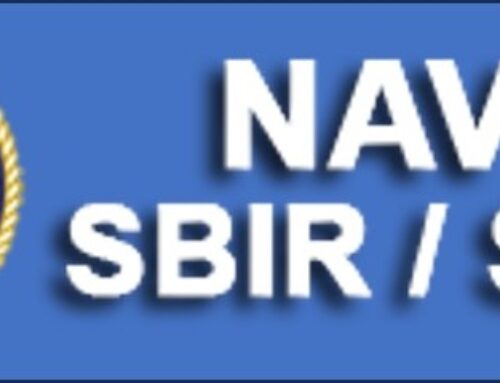Published in: Aviation Week & Space Technology; October 26, 2009; Issue, pg. 74
Author: Graham Warwick
Printed headline: Virtual Breakthrough
A computational tool that can estimate how long a component will last even before it is produced promises to revolutionize engineering, but illustrates the hurdles innovations must overcome to earn a place in the heavily regulated aerospace industry.
Brentwood, Tenn.-based Vextec developed its Virtual Life Management (VLM) simulation tool with aerospace in mind, but the early adopters have been in the industrial equipment and automotive supplier industries, where warranty costs from premature failures eat directly into the bottom line. “The technology was initially developed for aerospace, but other markets have moved faster,” says Loren Nasser, Vextec president and CEO. “The military and commercial sectors are heavily regulated, and can’t move as quickly in changing the way they do business.”
But VLM is creating an aviation-industry buzz among third-party parts manufacturers and repair companies who lack the engineering resources and testing budgets of original equipment manufacturers (OEM) and see it as a way to reduce the time and cost to gain FAA approval.
“Proving durability against the OEM part is a big barrier, and they want to use computational simulation as a way to level the playing field,” he says. The break into aerospace could be close: EB Airfoil is awaiting FAA approval of a JT8D blade repair developed with the help of Vextec’s technology. VLM can reduce, but not eliminate, physical testing required. Nasser says Vextec advocates “prioritizing it to get the most bang for the buck from test dollars. . . . The power of the technology is not to get an absolute answer. The power is to conduct enough simulations to put priorities and budgets in the right direction.”
Vextec began in 2001 with a small-business innovation research grant of $100,000 from the U.S. Air Force Research Laboratory (AFRL) to model the performance of titanium aluminide engine components. Additional funding from AFRL, the U.S. Defense Advanced Research Projects Agency and Office of Naval Research speeded vetting of the technology.
VLM combines materials science and probabilistic mathematics to model the variability in a component from microstructural stresses, through manufacturing processes to in-service use. The computing framework allows thousands of cases for thousands of units to be run to produce the life distribution for a fleet of parts, from the first to fail to the last.
“The reason for the spread starts with material variability—produce a thousand widgets and every one will be slightly different at the microscopic level,” says Nasser. VLM allows designers to look for factors affecting life span, such as grain arrangement, geometric tolerance or usage, and redesign the part.
VLM is now offered as a service, but Vextec is accelerating plans to sell it to customers so they can do their own trade studies. “We are also getting aggressive about scaling up by finding a large company to acquire a minority interest,” says Nasser. “Discussions are just beginning. It should happen next year.”
Copyright 2009, AVIATION WEEK, a division of The McGraw-Hill Companies



Leave A Comment